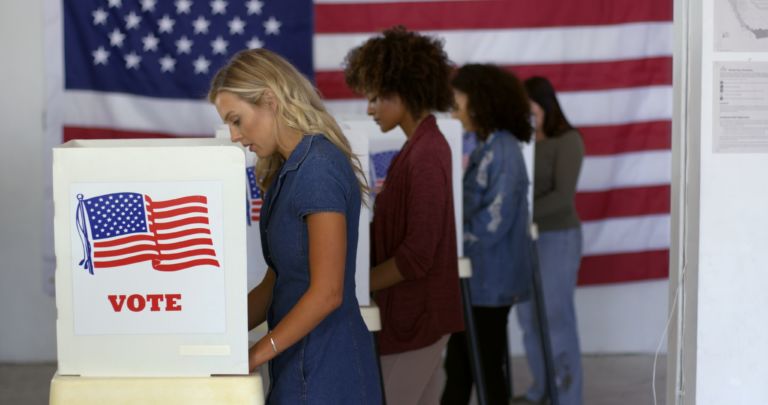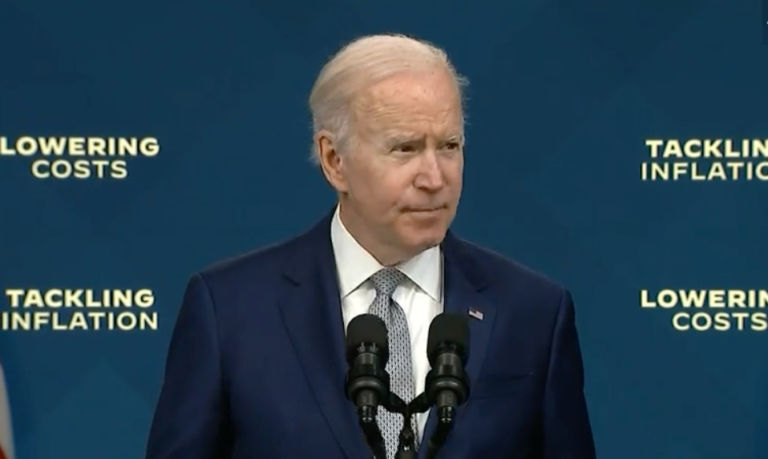Ron Faucheux writes for the Washington Examiner about lingering problems with political polls.
Six years ago, the polling industry suffered a big blow to its reputation. Despite the accuracy of many surveys, the overall picture that polls painted of the 2016 election had Hillary Clinton winning and Donald Trump losing.
In the 2020 election, all 21 of the final national polls showed Biden ahead — and he was ahead. He won by 7 million votes. Moreover, the average of the final polls came close to nailing Biden’s vote share: 51.5% in the polls versus 51.3% in the actual vote count. Poll averages also correctly indicated the right presidential winnerin seven of 10 swing states; they came within a point of actual vote margins in Nevada and Georgia and within a few points in Arizona, North Carolina, Pennsylvania, and Michigan. However, the final polls in 2020 notably underestimated Trump’s vote. They had him getting 43.3% of the popular vote, well below the 46.9% he actually received. In key Senate elections, we saw the same phenomenon: Two-thirds of the polling indicated the right winners, but a shocking number of surveys underestimated Republican strength. The truth is that polling was biased against Republicans and sampling error was usually the culprit.
College graduates, who tend to vote Democratic in federal elections, were often over-polled. Assumptions made about partisan voter turnout were sometimes wrong. In the last two presidential elections, there was likely a small segment of Trump supporters who didn’t tell pollsters they were voting for him, making it harder to measure his full support.
Legitimate pollsters make money by being right. That’s why deliberate bias is rare and mistakes are feared, especially in polls taken right before elections. But even pollsters with good reputations can make faulty assumptions and unwittingly allow partisan bias to skew questionnaires, sampling, and analysis.

